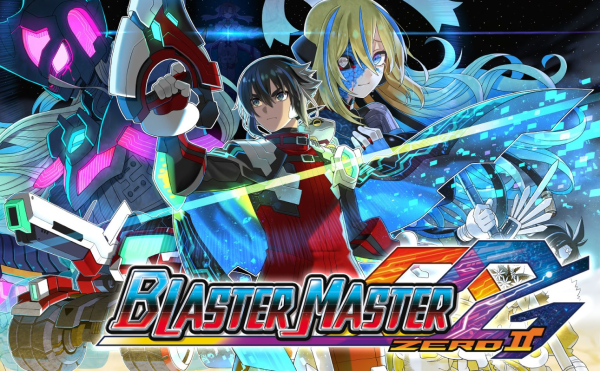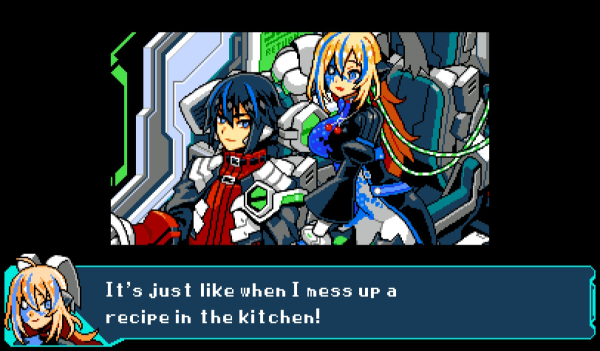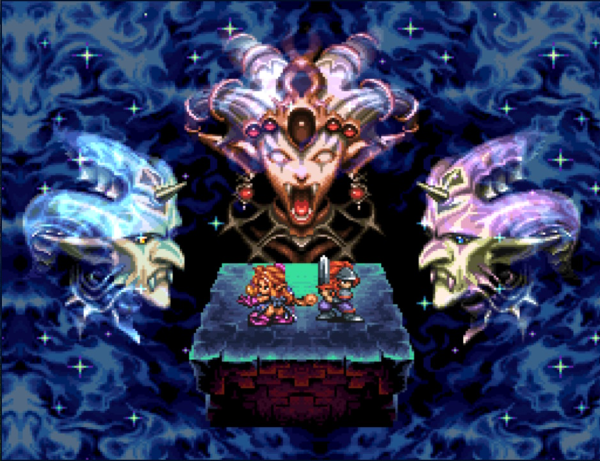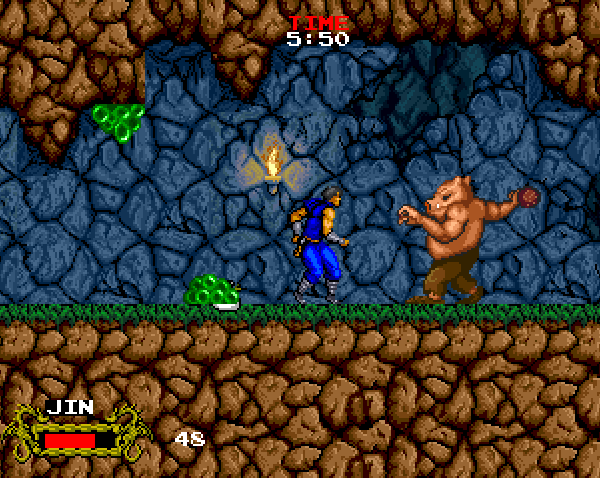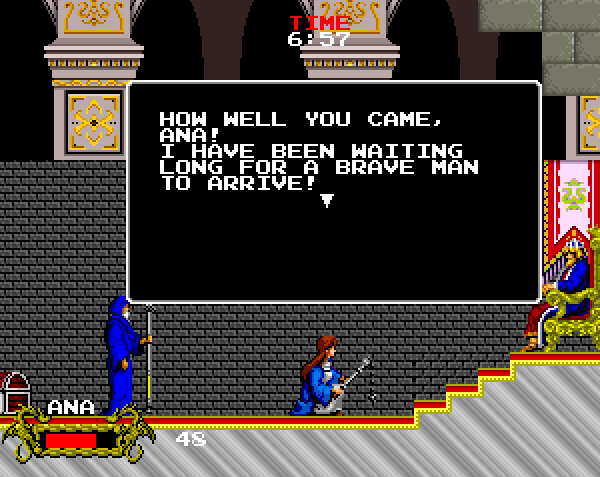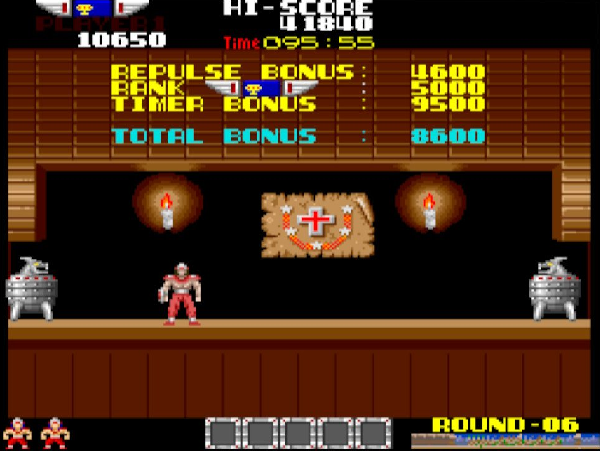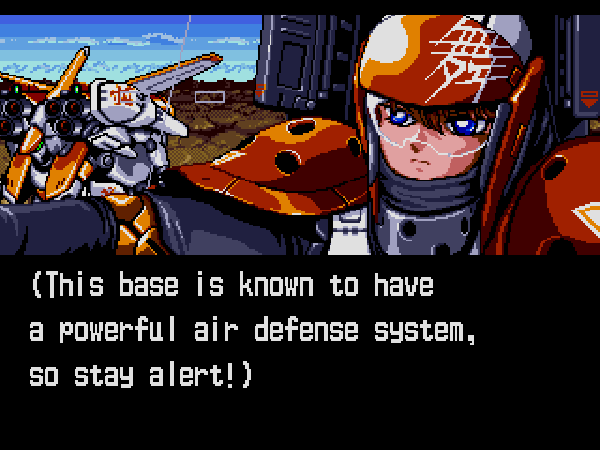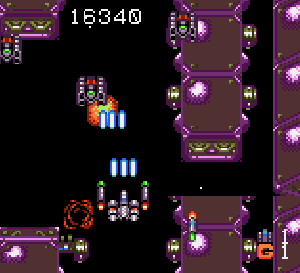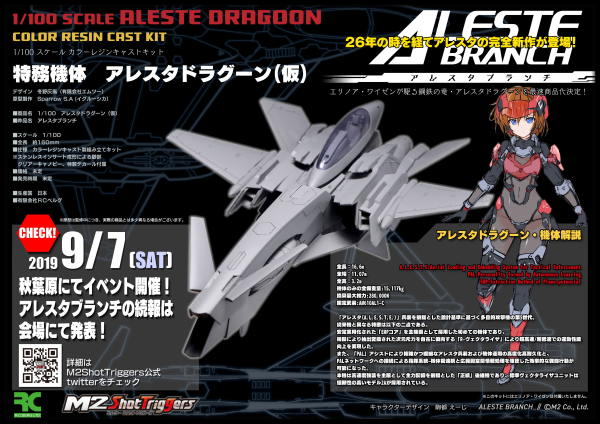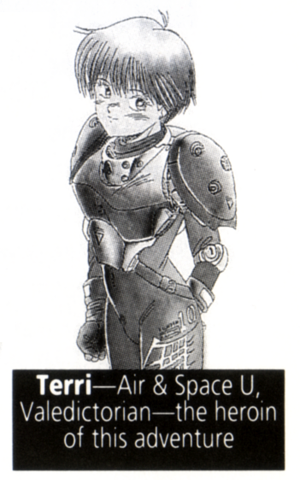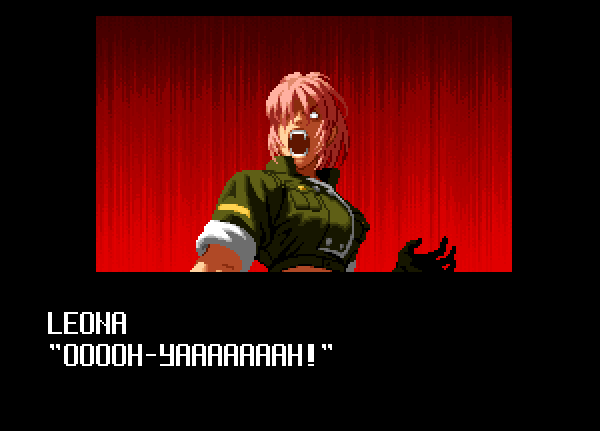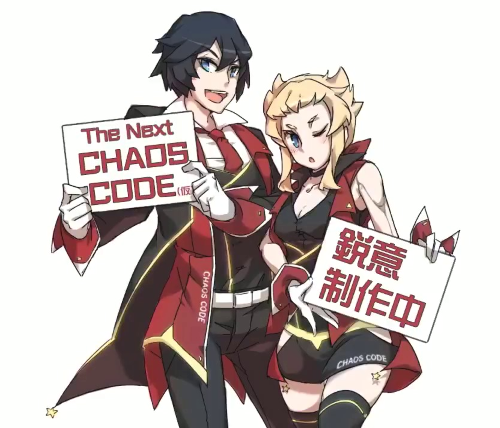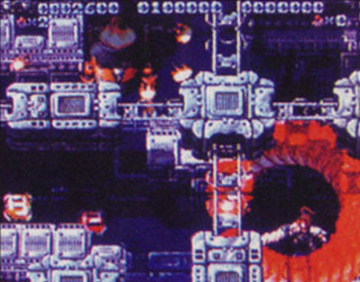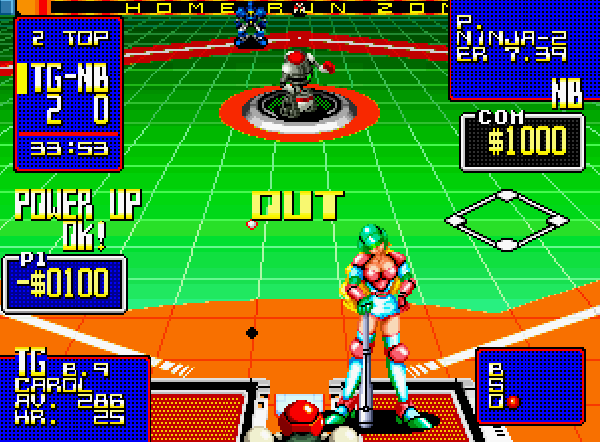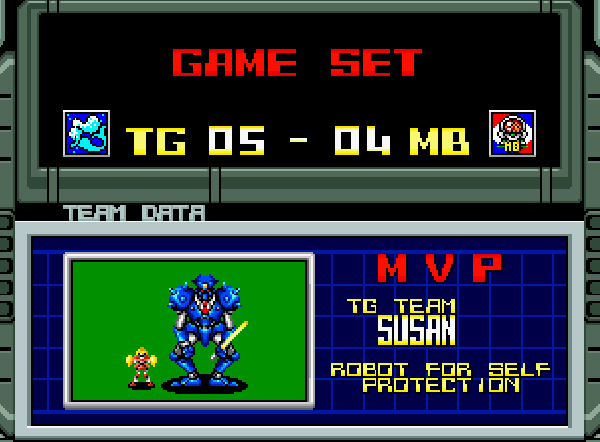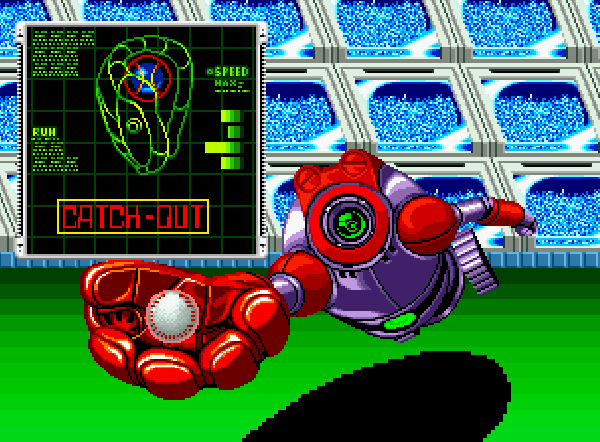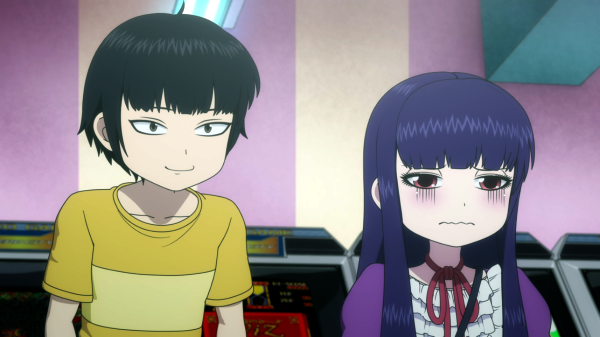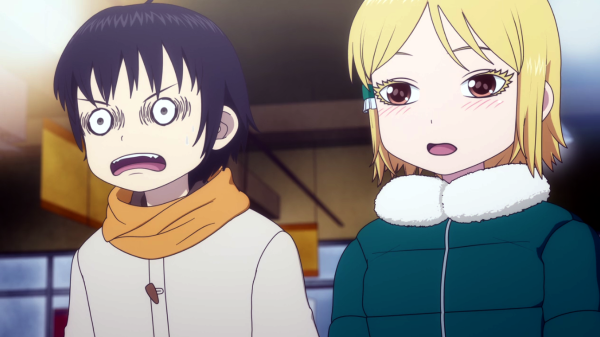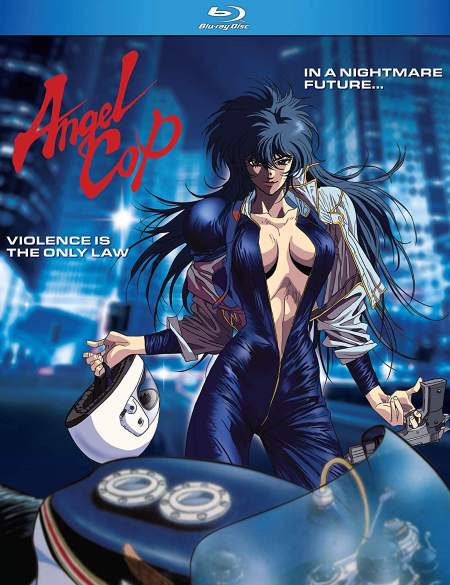Many worlds collided in
Teenage Mutant Ninja Turtles II: The Arcade Game for the NES. It saw the Turtles at the height of their popularity in 1990, and the game perfectly embodies their most marketable personae in a decent beat-up-‘em, like
Double Dragon with Foot Soldiers instead of street punks and dominatrices. It also found Nintendo at a similar apex, as the NES library enjoyed its most prodigious year, stretching from
Super Mario Bros. 3 to
Crystalis to
StarTropics before the Sega Genesis ruined that delightful monopoly.
Just about any NES game was important to the children of 1990, but a Ninja Turtles game, and a good one at that, verged on a religious experience. And the game even threw in a coupon for a free Pizza Hut personal pan pizza. It was a marvel of efficiency when it came to shoving cartoons, video games, and junk food into the gullets of American youth.
Yet after the game ended and the free pizza was devoured,
Teenage Mutant Ninja Turtles II: The Arcade Game didn’t enjoy a very influential legacy. Perhaps that’s because it’s notably by-the-book, following both its arcade roots and overall Turtle canon right down to the quips that the turtles spout when they fall into manholes.
Three embellishments stand out, however. One is a
curious skateboarding woman who I’ve written about before, though she’s merely unexplained background decor. The other two are bosses invented just for the NES game: intergalactic bounty hunters named Tora and Shogun.
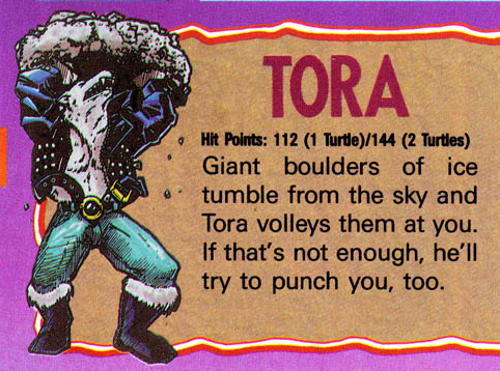
No mere throwaways, Tora and Shogun each received an entire personalized stage. Tora shows up early on, as a Krang-supplied weather device plunges New York into a wintry apocalypse. The Turtles slash through a stage of snowball-tossing Foot Soldiers and missile-firing snowmen, and Tora waits at the end.
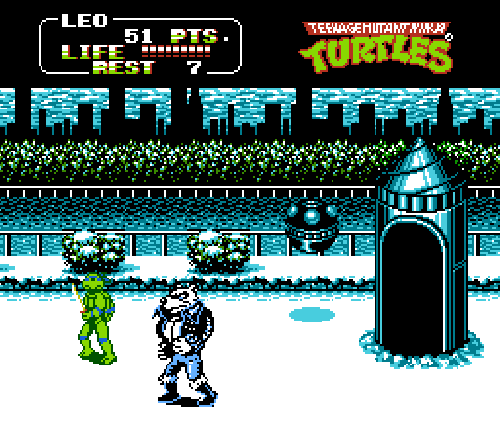
Tora’s just a polar bear in a leather jacket, but he’s true to the Ninja Turtle aesthetic of weird animal mutants. What he lacks in laser guns or mohawks, he makes up in pure brutality by hucking giant ice boulders at the Turtles and smacking them across the screen if they’re dumb enough to face him head-on.
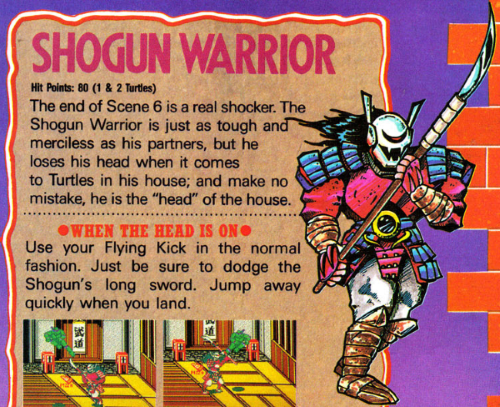
Shogun gets his turn a few levels later. Perhaps his name should be “THE Shogun,” but manuals say otherwise. His hideout is all paper screens and tatami mats, complete with leaping ninja-bots, laser scorpions, and tiger artwork that comes to life. Well, robotic life. Keeping with the Turtles cartoon’s flailing efforts to skirt real violence, all of the non-boss enemies are machines.
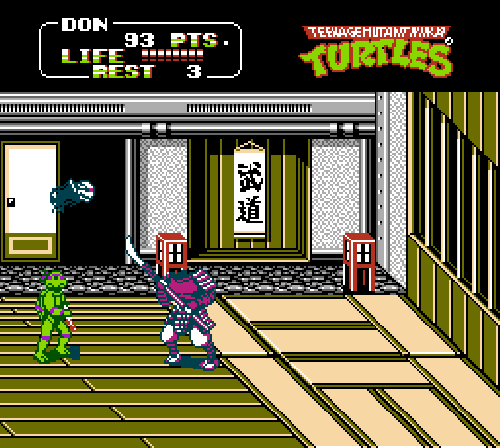
As the level-topper, Shogun wastes no time in deploying his gimmick: his head detaches and floats around the screen while his body attacks with a naginata. It leaves players little room to dodge, and the head is either invincible or very difficult to hit. Once you’ve wailed on the Shogun’s body enough, he explodes, leaving behind a lower mechanical skeleton and effectively mooning the player. Really.

That’s it for Tora and Shogun. They appeared in no other official Ninja Turtles fiction; not the comics, not the live-action movies, and not even the long-running cartoon. Such absences are explained, of course, by the fact that they never became action figures in the first place.
And yet that’s strange in itself. The Ninja Turtles toy line ran out of good ideas by 1992 and grew more and more ridiculous, putting the Turtles in everything from military gear to Star Trek outfits, but it somehow wasn’t desperate enough to put together Tora and Shogun figures. I assume it was a matter of licensing, because when you’re peddling Z-list mutants like a Dalmatian firefighter and a moose Canadian Mountie, a polar bear with a weather weapon will fly off the pegs.
They would’ve fit perfectly, too. Give Tora a freeze-ray (let’s call it an “Icicle Gun”) and some boulders to toss, and he’s as much a hot seller as Muckman or Scumbug. Shogun might not have many accessories beyond his samurai weapons, but he’d get attention with a removable spring-loaded head—one that would be lost by 90 percent of all kids who owned the toy. Thus we would see decapitated Shoguns in flea-market bins across the nation and costly eBay squabbles over complete figures. What a fine legacy that would be.
One more thing: remember when I said that Tora and Shogun never made any more official appearances? Well, you’ll see them in
TMNT: Rescue-Palooza, a fan-made reimagining of the older games that includes over 60 playable characters, from April’s newsroom cronies to Aska from
Tournament Fighters to the suspiciously underutilized Ace Duck. Tora and Shogun might’ve missed a prime merchandizing boat and remained obscure in the memories of countless young Turtles fans, but they’re still good for a boss fight or two.
